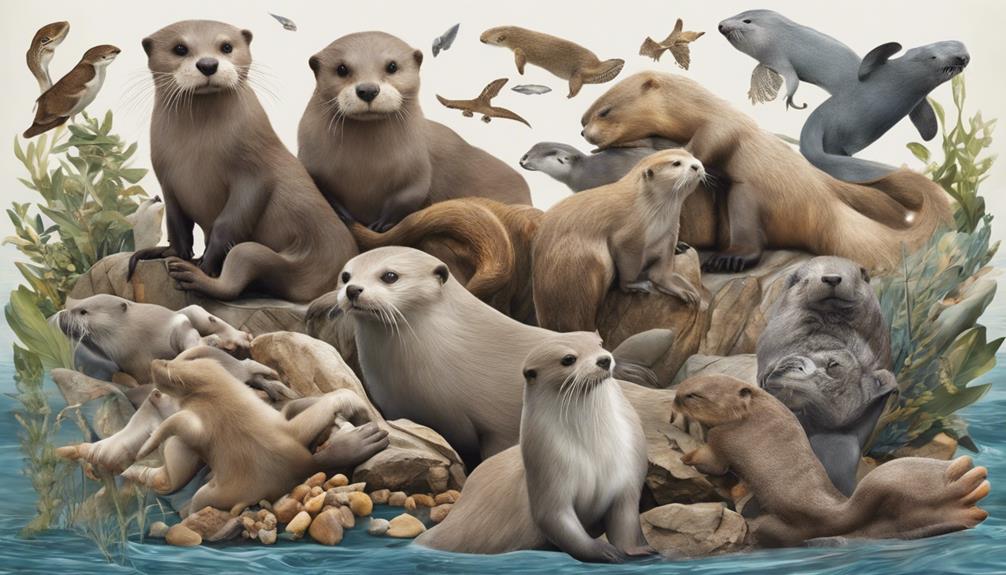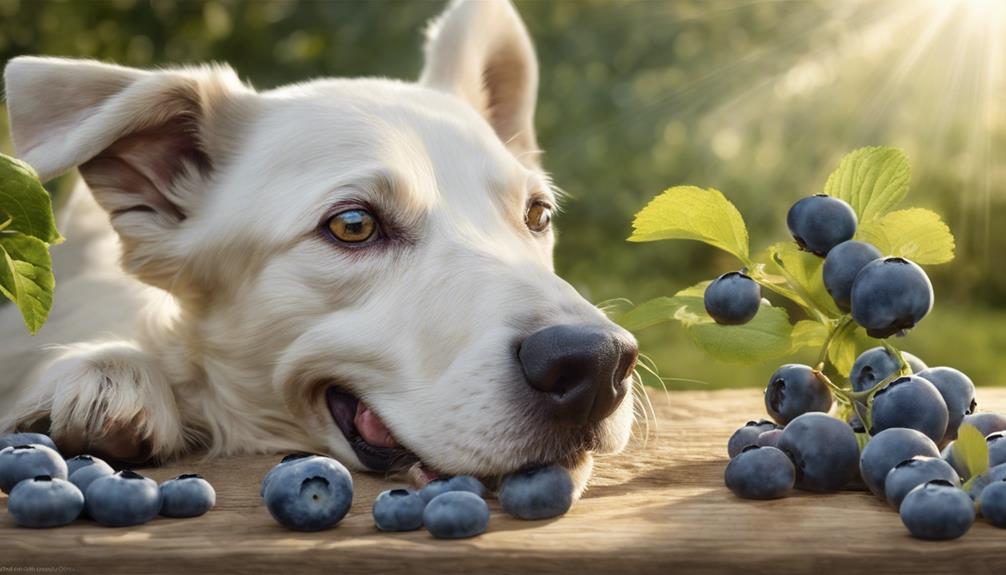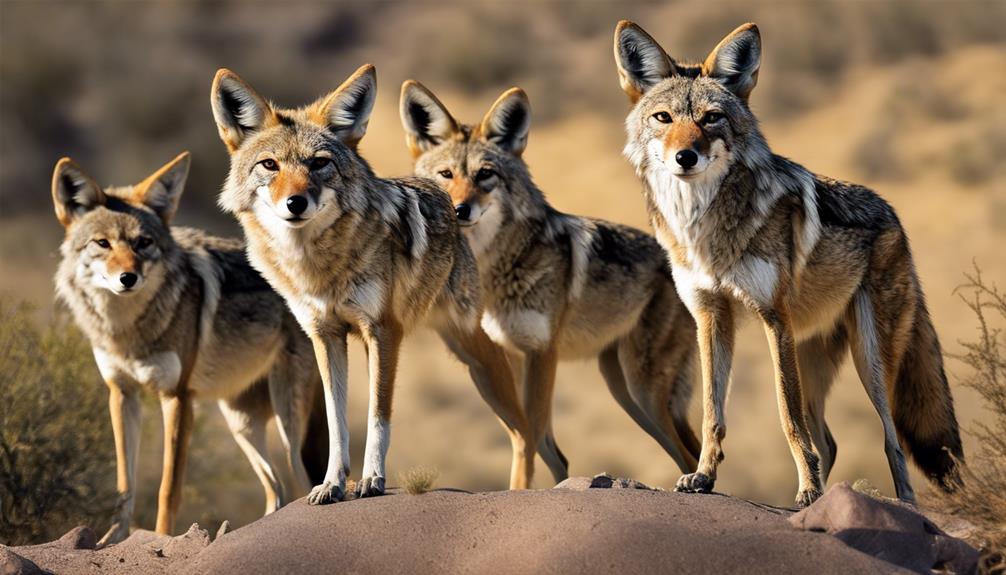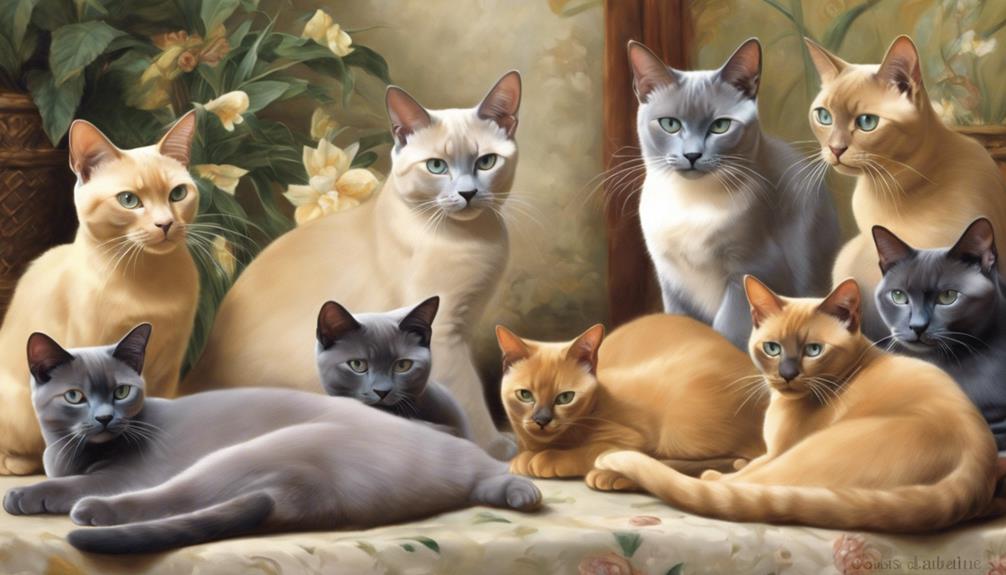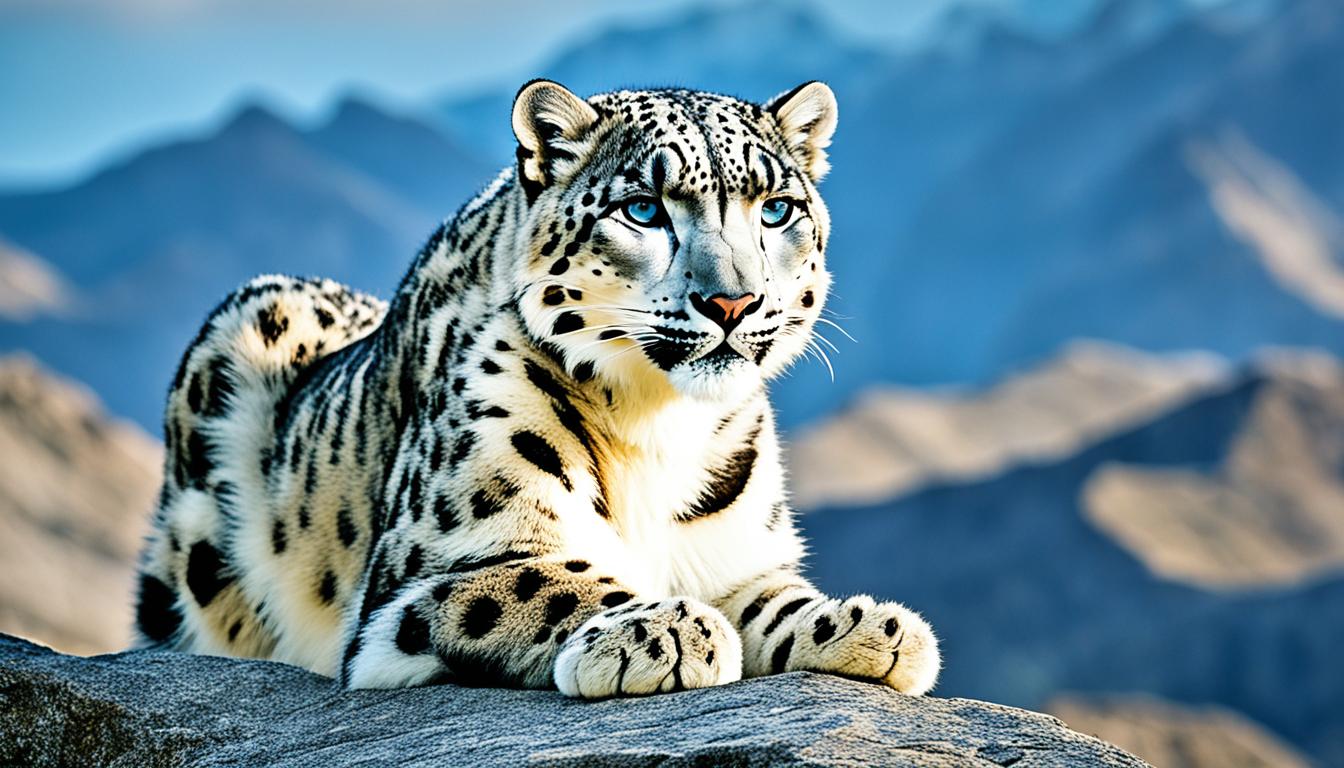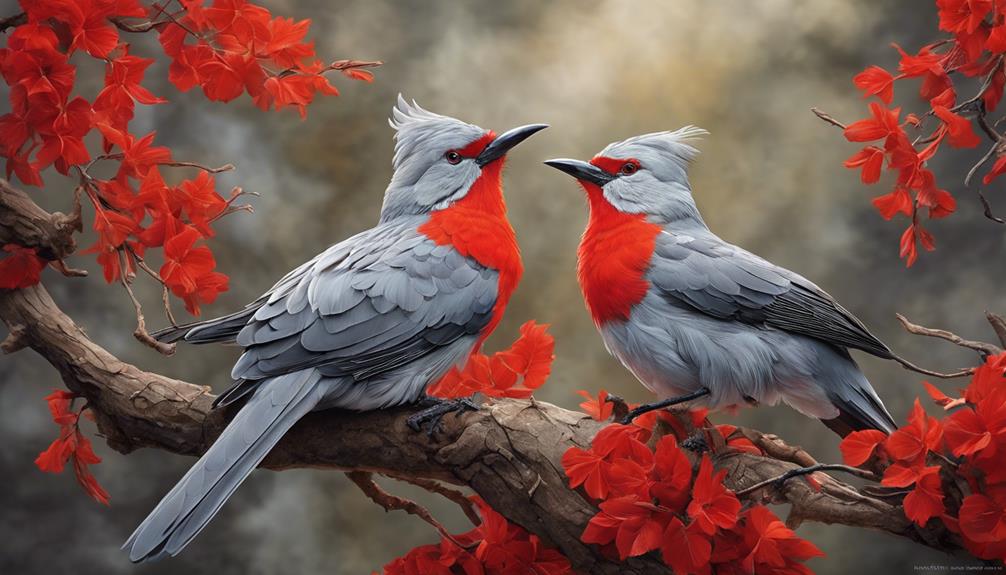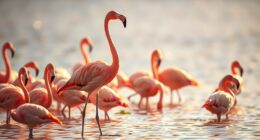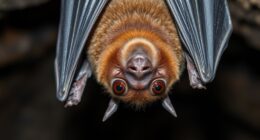Are you interested in animals that look like otters? Weasels, badgers, and wolverines share some similarities. Weasels have sleek bodies and enjoy being in the water. Badgers are intelligent creatures that excel on land. Wolverines are similar to otters, with bushy whiskers. Other otter-like species include minks, stoats, martens, and ferrets. Minks are skilled swimmers, stoats are playful, martens are great climbers, and ferrets behave like otters. These animals have unique traits such as adept swimming and hunting abilities. Water shrews, river otters, and water voles prefer freshwater habitats. American minks hunt and swim just like otters. Otter-like animals showcase aquatic behaviors. Discover more about these fascinating creatures!
Key Takeaways
- Minks resemble otters with sleek bodies and adept swimming abilities
- Water shrews share streamlined bodies and hunting behavior with otters
- River otters and water voles prefer habitats near freshwater sources
- American minks exhibit otter-like behaviors in hunting and swimming
- Otter-lookalike animals showcase common characteristics in aquatic habits
Weasels and Their Resemblance to Otters
Although weasels and otters belong to the same Mustelidae family, their resemblance goes beyond just genetics to include physical features and behaviors suited for their semi-aquatic lifestyles. Weasels, with their long, slender bodies, are adept at hunting prey, much like otters. These creatures share a fondness for aquatic environments, displaying agility and grace in their semi-aquatic habits.
Their streamlined bodies and sleek fur contribute to their efficient aquatic movements, making them well-suited for swimming and hunting in water. Weasels exhibit traits that align closely with those of otters, showcasing adaptations that allow them to thrive both on land and in water.
The Mustelidae family, encompassing both weasels and otters, illustrates how animals can evolve to excel in diverse habitats. By understanding the similarities between weasels and otters, we gain insight into the fascinating world of these semi-aquatic creatures and the intricacies of their shared evolutionary journey.
Badgers: Otters Close Relatives
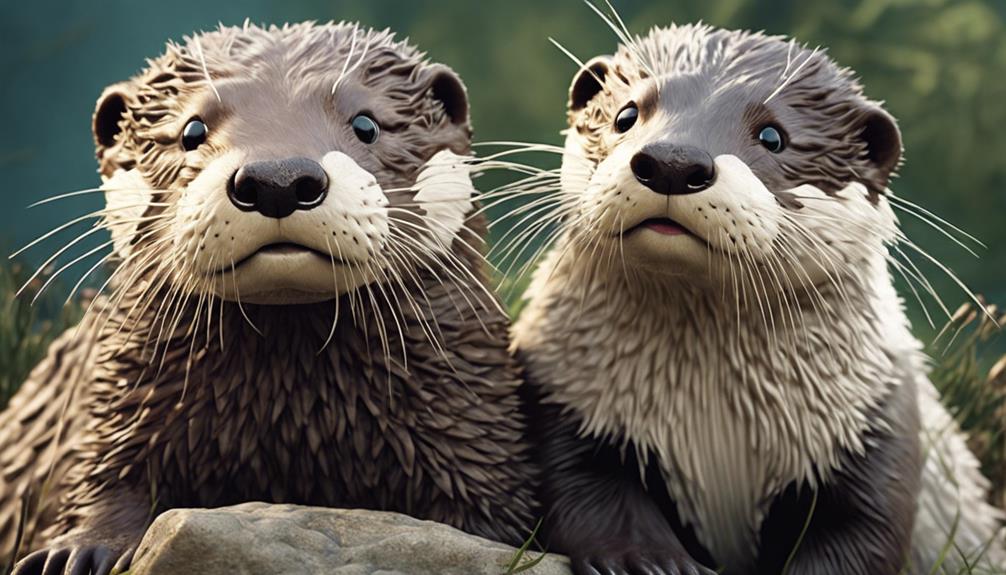
Badgers, close relatives of otters in the same family, share similarities in body shape and lifestyle. While otters are known for their aquatic prowess, badgers excel on land with their muscular bodies and sharp claws, making them skilled predators like their otter cousins.
Both species exhibit high intelligence, adaptability to different habitats, and playful behaviors that captivate observers. Despite their distinct environments – otters in water and badgers on land – both creatures showcase similar social structures and family units, highlighting their close relationship.
Badgers, with their terrestrial lifestyle, display intricate burrowing behaviors and cooperative group living arrangements, mirroring otters' tight-knit family dynamics. The parallel traits between otters and badgers illuminate the diverse ways in which animals in the same family can adapt to their surroundings while maintaining common characteristics that define their species.
Wolverines: The Mighty Otter Lookalikes
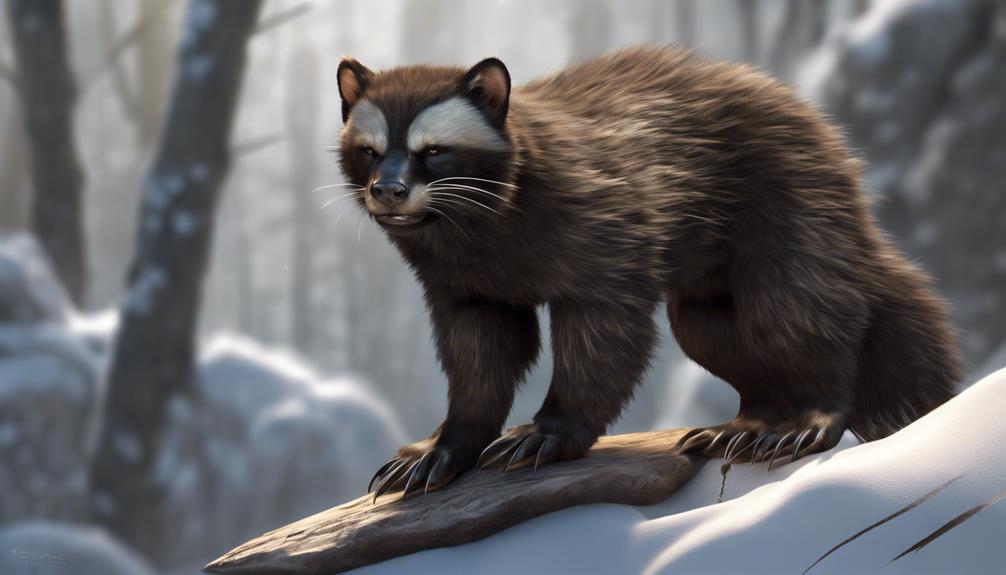
Wolverines, often referred to as the mighty otter lookalikes, stand out as the largest land-dwelling mustelids with a striking resemblance in size and build to otters. These powerful creatures boast a streamlined body shape and bushy whiskers, mirroring the visual appeal of their water-loving counterparts. While otters excel in aquatic environments, wolverines dominate the land with their hunting prowess and carnivorous diet. Their agility and sharp instincts make them formidable terrestrial predators, much like otters are in the water. Despite these differences in habitat, wolverines and otters share physical similarities that make them stand out as otter lookalikes in the wild.
Both species exhibit remarkable adaptability and intelligence, traits that contribute to their success as skilled hunters. Wolverines' robust build and tenacity complement their role as apex predators in their ecosystems. Observing these otter lookalikes in action showcases nature's diversity and the fascinating parallels between seemingly unrelated species.
Mustelids: Other Otter-Like Species
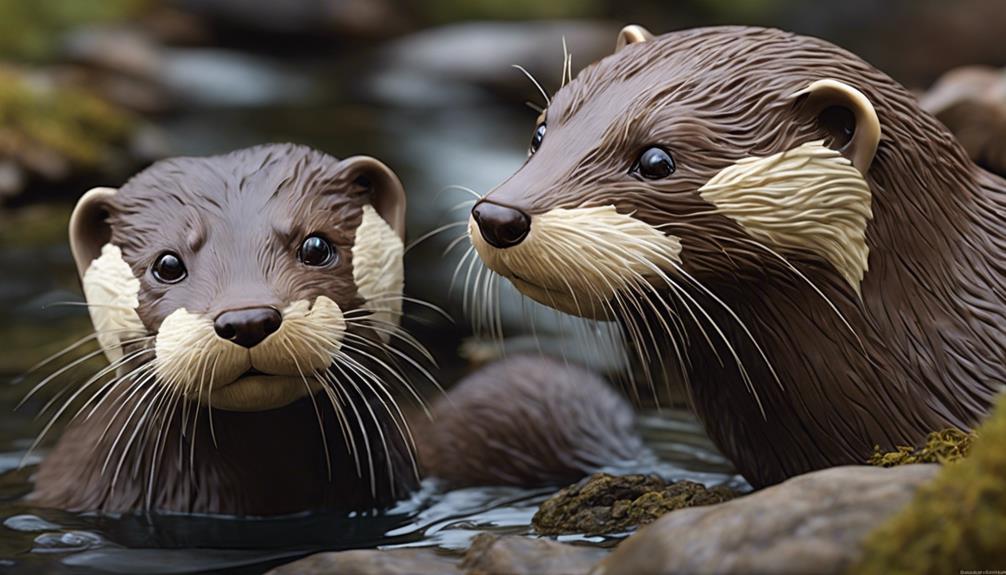
When considering other otter-like species within the family of mustelids, it becomes evident that various members share striking resemblances in appearance and behavior with otters. Minks, with their sleek bodies and semi-aquatic lifestyle, resemble otters in both looks and habits. Stoats, known for their long, slender bodies and playful nature, exhibit similarities to otters, especially in their interactions. Martens, with their agile climbing abilities and elongated bodies, could easily be mistaken for otters from a distance due to their similar physique. Tayras, native to Central and South America, display otter-like traits with their streamlined bodies and hunting techniques. Ferrets, as domesticated relatives of wild mustelids, showcase playful behaviors and sleek physiques reminiscent of otters, making them popular pets for many.
| Species | Resemblances | Notable Traits |
|---|---|---|
| Minks | Sleek bodies, semi-aquatic lifestyle | Otter-like swimming abilities |
| Stoats | Long, slender bodies, playful nature | Agile movements and hunting skills |
| Martens | Climbing abilities, elongated bodies | Tree-dwelling habits and agility |
Unique Traits of Otter-Lookalike Animals
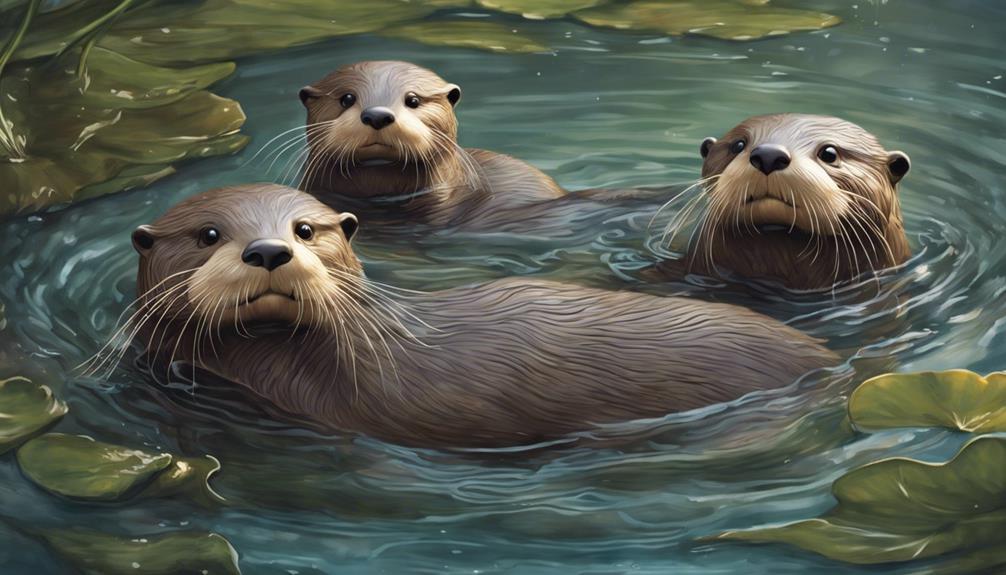
I'll start by discussing the unique traits of otter-lookalike animals, highlighting their distinct features and behaviors that set them apart from other species in the animal kingdom. Mink, with their sleek bodies and semi-aquatic nature, resemble otters, showcasing bushy whiskers and adept swimming abilities. Water shrews share similarities with otters through their streamlined bodies, aquatic lifestyle, and hunting behavior, making them intriguing creatures in the same ecological niche. River otters and water voles exhibit comparable habitat preferences near freshwater sources and demonstrate similar swimming prowess, emphasizing their adaptation to an aquatic environment.
American minks display otter-like behaviors in their hunting techniques, swimming proficiency, and social interactions, further blurring the lines between these species. Additionally, otter-lookalike animals like muskrats, nutrias, and American minks possess distinct features but share common characteristics with otters in their aquatic habits, showcasing a diverse array of creatures that thrive in water ecosystems. By observing these animals' streamlined bodies and aquatic habits, we gain insight into the interconnectedness of species within their shared environments.
Frequently Asked Questions
What Animal Is Similar to an Otter?
Similar to an otter, the mink possesses a sleek body, whiskers, and an affinity for aquatic environments. While both species share habitats, minks sport a pointed nose, dark fur, and a bushy tail when dry, distinguishing them.
Who Looks Like an Otter?
Swimming through life's twists like a river's current, I search for a kindred spirit in the wild. Amongst the reeds and rippling waters, a creature resembling the otter emerges, mirroring its grace and charm.
What Looks Like an Otter but Smaller?
When considering what resembles an otter but is smaller, the American mink comes to mind. With its sleek body and distinctive features, this creature shares similarities with otters, yet maintains its unique characteristics and charm.
What Animals Look Like Otters and Beavers?
When I think about animals resembling otters and beavers, a few come to mind. Nutrias, muskrats, minks, water voles, and water shrews share similarities in appearance and aquatic lifestyles.
Can Otters Eat Raw Dog Food?
Yes, otters can eat raw dog food. However, it is important to follow certain tips for raw dog food transport to ensure it remains fresh and safe for consumption. Keeping the food properly sealed and at the right temperature during transport is crucial for maintaining its quality.
Conclusion
Finally, we've delved into animals that resemble otters, such as weasels, badgers, wolverines, and other members of the mustelid family. These creatures exhibit similar physical traits and behaviors to otters, which makes them captivating to observe.
Just like how a mirror reflects our image, these animals mimic the charm and elegance of otters in their own distinctive manner. Keep a lookout for these otter doppelgangers in the wilderness, and admire the splendor of nature's varied creations.
